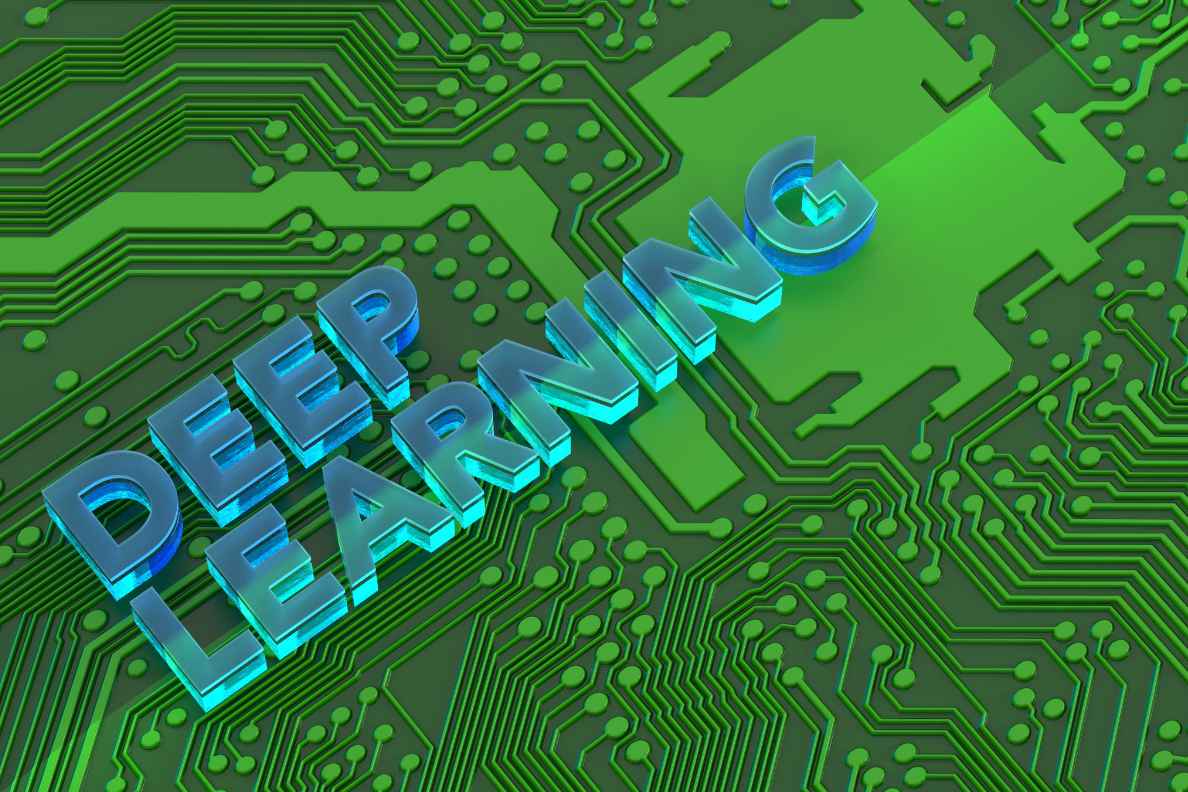Deep Learning vs Machine learning: Know The Differences

Artificial intelligence has been a revolutionary technology since its inception, achieving great advances. However, its understanding can be complicated for many people who need to become more familiar with the subject.
Two terms define artificial intelligence simply: deep learning and machine learning. Both concepts are essential to learn more about what artificial intelligence has to offer.
This way, you can better understand how autonomous vehicles work, how Netflix proposes programs that a person might like and how Facebook recognizes faces in photos.
Table of Contents
What Is Machine Learning?
In the 1980s, a branch of artificial intelligence called Machine Learning was developed, a technology that uses mathematical algorithms to make machines learn.
Machine learning allows machines to learn to solve problems analytically through prediction, identification, or classification using mathematical algorithms.
Algorithms learn from the data input and then use that knowledge to draw conclusions from new data.
These machine learning algorithms are divided into supervised and unsupervised. Supervisees are distributed in classification problems, which predict non-numeric responses, and regression problems, which predict numerical responses.
Unsupervised algorithms are divided into three: clustering, which distinguishes groups of objects with similar characteristics; association, which identifies sequences of things; and dimension reduction, which works with the projection, selection and extraction of features.
What Is Deep learning?
The year 2011 brought with it the emergence of a branch of machine learning technology called Deep Learning, which was created due to the success of machine learning. Furthermore, over time, computers have allowed the development of this new technology due to advances in their programming.
Deep learning is a model with more layers between the problem and its resolution; this means that a Deep learning algorithm can determine whether a prediction is correct.
Deep learning algorithms have been designed to analyze information with a logical structure similar to human beings. They work with neural networks that function very similar to neural connections.
What Are The Differences Between Machine Learning And Deep Learning?
Traditional machine learning uses algorithms to analyze data, extract knowledge from it and thus make decisions based on what is learned.
Deep learning organizes algorithms into different layers, using a structure called a neural network that learns and makes decisions autonomously. This means that although machine learning technology is artificial intelligence, deep learning is based on almost all artificial intelligence, similar to human intelligence.
In this way, Deep learning can find elements to classify, while machine learning needs those elements to be provided manually. For this reason, Deep understanding requires high-tech machinery and a large amount of data to offer results similar to human logic.
Machine learning is used to configure Netflix recommendations and modify activities on Facebook.
A great example of Deep learning is Google’s AlphaGo program. The company created a program with a neural network to learn how to play the board game Go, which requires great intuition skills.
AlphaGo went up against professional players, and the algorithm performed unparalleledly without being told when or how to make a particular move.
The Impact Of Artificial Intelligence In Commercial Sectors
Artificial intelligence has influenced all commercial sectors because all the advantages it can offer are highly exploited to increase business productivity.
Especially with the coronavirus pandemic’s effect on businesses, artificial intelligence has helped them manage many activities without having the need to contact customers.
One of the sectors that has taken advantage of the benefits of artificial intelligence is the hotel sector because, together with 5G technology, they can be intertwined and depend on each other to improve customer service.
New Technologies For The Hotel Sector
The hotel industry has adopted artificial intelligence with all its branches ( machine learning and Deep learning ) to avoid business decline and continue functioning more efficiently.
Artificial intelligence can collect and process all the data provided by the different departments of a hotel, thus allowing us to better understand the needs and behaviours of customers. This way, you can make better decisions and improve the customer experience.
There is a lot of information handled within the hotel sector. It can be overwhelming for hotel staff to control, which is why artificial intelligence is a great ally in managing and controlling the information received.
In addition to the necessary data to ensure a good client stay, employee information must be managed (schedules, days off, salaries, shifts, seniority, etc.). A computer program can collect all the data, integrate it and guarantee its fluidity.
Better Analysis Of Information
With the help of artificial intelligence, the analysis of information is done more simply, making it easier to know where the failures and strengths of a business are.
This is one of the strong points of systems based on artificial intelligence because they are very effective in all areas, not only for a hotel but for any business that wants to take advantage of its benefits.
Through machine learning and Deep learning, artificial intelligence can analyze and understand the information provided, helping to resolve doubts for safe and reliable decision-making.






